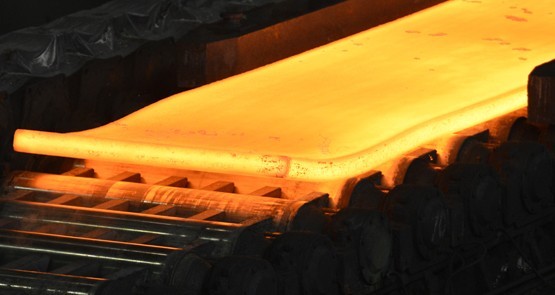
As expected, a strong export performance has lifted the September quarter national accounts figures, with the economy growing 0.9% seasonally adjusted, according to the Australian Bureau of Statistics, and 2.5% in the 12 months to 30 September.
The result, more or less in line with forecasts, ends what has been a very uneven year on an optimistic note, despite plummeting terms of trade and lowered expectations of growth over the next couple of years — but again reflects how reliant we are on commodity export volumes to offset continuing economic weakness.
September was the second quarter this year that the Australian export sector drove GDP, offsetting weakness in government spending and the continuing crunching of the resource investment boom. In addition to the 0.9% result, the June quarter where growth was revised up a tad to 0.3%; first-quarter GDP growth of 0.9%, also boosted by a solid trade performance and strong domestic spending, was left unchanged (that was the one that elicited the “clowns” comment from then-treasurer Joe Hockey).
The result is further confirmation there won’t be any more interest rate cuts in Australia from the Reserve Bank, unless the Chinese economy slides into a recession and commodity prices plunge further than they have done in the past three months. But it is clear that much of the gloom and doom — especially about last week’s investment numbers — has been misplaced.
What is quite stunning is that the economy has withstood the twin effects of the sharp and continuing slide in our terms of trade (down another 2.4% in the September quarter), and that investment slowdown resources investment boom (down 2.9% in the quarter) and an even larger slide in government investment. The home building and property booms have played a role in this, with rising domestic consumption by households (near record car sales for instance), while the sharp fall in the value of the dollar (tempered by a rise since September though) has helped exporters cope with terms of trade fall, and weak to non-existent real wage growth and low inflation have helped employment grow more than expected.
The ABS noted that “[s]trength in the broader economy was also seen in Household final consumption expenditure increasing 0.7 per cent and New and used dwelling construction up 2.0 per cent. Gross fixed capital formation was the major reason for the weakness in the domestic economy. This is consistent with falling mining investment. Public gross fixed capital formation also fell 9.2 per cent for the quarter.”
And despite the higher spending on houses, cars and household consumption in the quarter, the net savings rate rose to 9.1% from 8.6% in the June quarter — reversing what has been a long-term trend that has led to a GFC-era spike in household savings (commonly regarded as a good thing in contrast to our exuberant spending before 2008) falling off.
And for the labour market deregulationists, there was more bad news, with a strong quarterly performance on Gross Value Added per hour worked (market sector labour productivity, more or less) which was up 0.7% over the quarter, for a 1.9% annual result. Employers are getting more from their employees, while wages are barely growing in real terms.
We will find out next week how employment went in November (and that number seems to be something of a lucky dip), but we’re ending 2015 much better placed economically than when we started the year.







Crikey is committed to hosting lively discussions. Help us keep the conversation useful, interesting and welcoming. We aim to publish comments quickly in the interest of promoting robust conversation, but we’re a small team and we deploy filters to protect against legal risk. Occasionally your comment may be held up while we review, but we’re working as fast as we can to keep the conversation rolling.
The Crikey comment section is members-only content. Please subscribe to leave a comment.
The Crikey comment section is members-only content. Please login to leave a comment.